[/caption]
Russian space managers unveiled a science beauty today (March 25) in Florida, namely the ‘Rassvet’ research room which serves as Russia’s newest contribution to the International Space Station. Although ‘Rassvet’ was built entirely in Russia, the module is hitching a ride aboard the American Space Shuttle Atlantis as the primary cargo for the STS 132 station assembly mission slated to blast off soon in May 2010. ‘Rassvet’ translates as ‘Dawn’.
I was quite fortunate to inspect ‘Rassvet’ up close today during a press briefing and photo op inside the clean room at the Astrotech Space Operations Facility in Port Canaveral, FL and also speak with the top Russian space officials from RSC Energia who are responsible for her construction. Astrotech is situated a few miles south of the shuttle launch pad at the Kennedy Space Center from which she’ll depart Earth.
NASA is launching ‘Rassvet’, formally known as the Mini Research Module-1, or MRM 1, as part of a complex barter agreement among the partner nations of the ISS to share the costs of assembling and operating the massive orbiting outpost.
MRM-1 will be attached to the Earth- facing (nadir) port of the russian Zarya control module at the ISS. See diagram below showing location of MRM-1 and other components on the Russian Orbital Segment of the ISS.
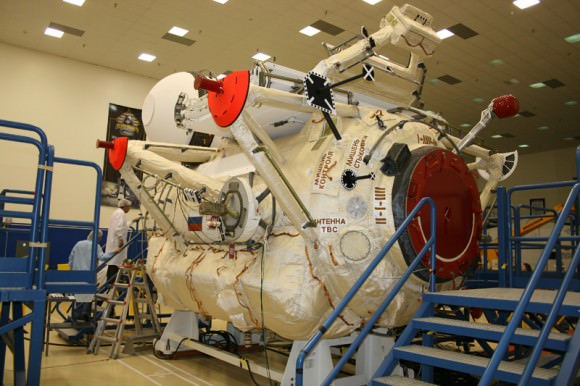
“MRM 1 arrived in Florida on Dec 17, 2009 from Russia and will be utilized for scientific research, cargo stowage, and also to provide an additional docking port at the ISS,” said Mikhail Kashitsyn, the Deputy Technical Manager and Head of MRM 1 Prelaunch Processing for the Design Bureau division of RSC Energia. RSC Energia is the prime contractor to Roscosmos, the Russian Federal Space Agency, and is responsible for the design, development and processing of MRM 1.
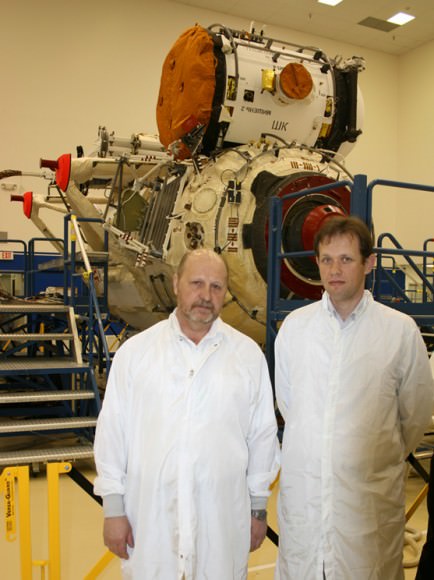
The additional docking port provided by MRM -1 will greatly aid ISS mission planners in accommodating the busy manifest of berthings of incoming Soyuz, Progress and ATV vehicles on the Russian side of the station and alleviate the need to repark the ships as new vessels arrive.
“We have been working at a steady pace to complete the final check out and assembly of MRM 1for installation into the shuttle orbiter. Let me welcome you all here to view MRM 1 which was designed by RSC Energia, one of the leading corporations in Russia”.
“All preparations will be completed in about 1 week. It’s wonderful we have this cooperation with our American colleagues and I want to express my thanks to the US and NASA for their help and mutual understanding,” added Mr. Kashitsyn.
“MRM 1 will be the largest piece of Russian space hardware ever to launch on an American rocket,” Kashitsyn told me. “The last large piece of Russian space equipment to launch from the US was the Mir docking module for the Mir space station”.
“Several thousand people worked on MRM 1 in Russia and it took about 2 years to build. About 100 are involved in the pre launch preparations here at Port Canaveral”.
“Furthermore, the interior of the module will also be loaded with 1.5 tons of NASA cargo and supplies for the ISS, including items such as food, lithium hydroxide canisters, computers and printers”, according to Kashitsyn.
“This will be the last payload for Atlantis,” said Robert Ashley, the NASA ISS manager responsible for the STS 132 payload processing. “This will be my last mission as a station mission manager. It’s bittersweet. There will be a lot of lasts for a lot of people on these final shuttle missions”.
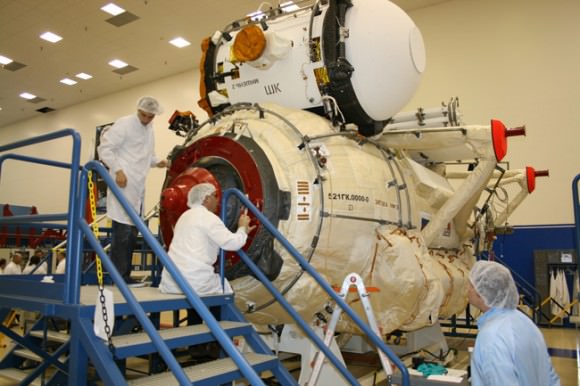
“MRM 1 will be shipped to the NASA Space Station Processing Facility at KSC on April 2. After about three days of final integration and pressurization tests, it will be loaded into a shipping container on April 5 for delivery to the shuttle launch pad,” Ashley said.
The MRM-1 payload comprises the module itself, an airlock chamber, an exterior portable work station and replacement elbow joints for the European Robotic Arm. The total mass exceeds 17,000 pounds.
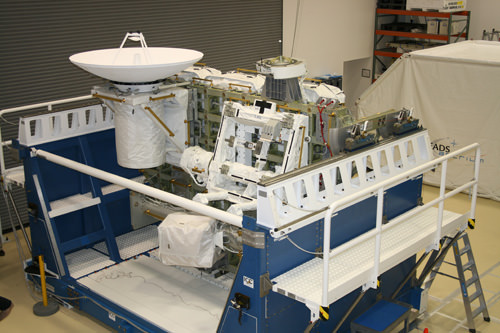
STS 132 is currently planned as the final flight of Atlantis. Unless the shuttle program is extended, Atlantis will be the first of NASA’s three shuttle orbiters to be retired from duty marking a significant milestone toward the end of the Space Shuttle Program. Many experts both in and out of NASA now say that the shuttles are being prematurely retired, mostly due to a lack of money.
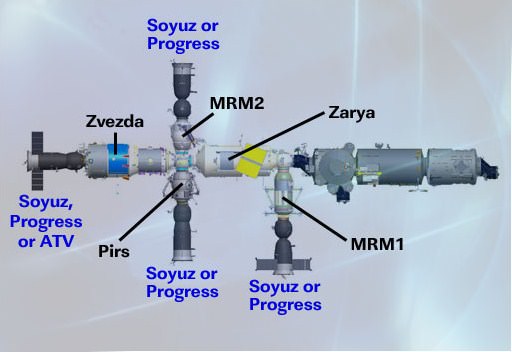
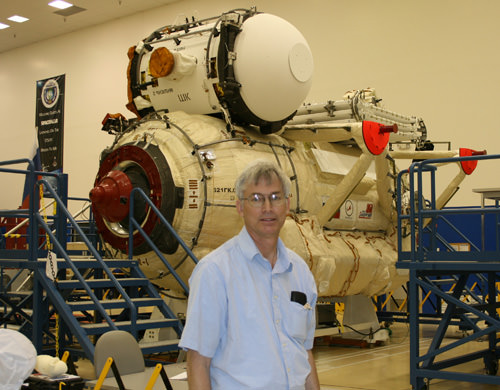

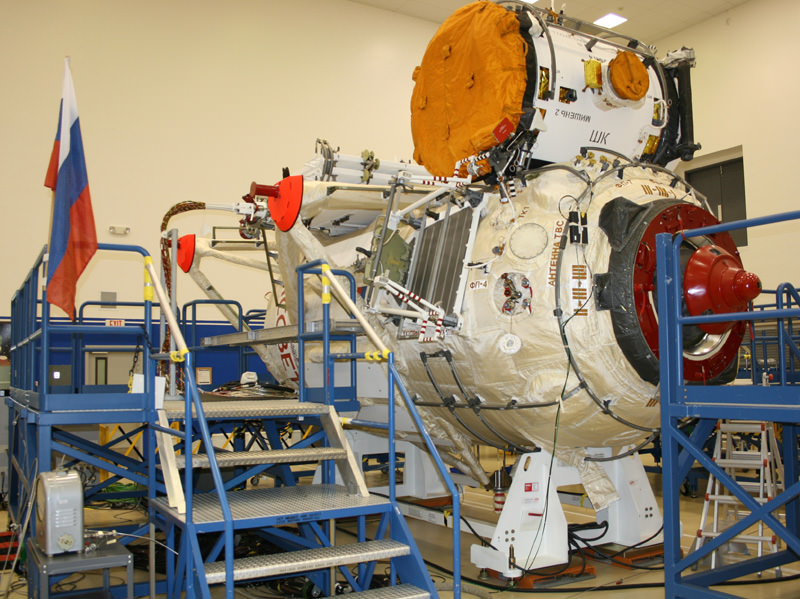
I wish we’d gone ahead with the Crew Return Vehicle. This is not saying Soyuz isn’t an excellent and time proven machine, with it’s almost 50 Y.O. tech, but that it is dated and limited with its near ballistic, high ‘G’ re-entry and inability to maneuver at low altitudes.
Bonus! With the CRV we could still crew the ISS even if the Russians decided to pull out of the project and say took their part of the station to Lunar or Martian orbit?
Re third photo. I love the obviously delighted expression on the Russian manager’s faces 🙁 Or perhaps they’ve just dined in MacDonalds?